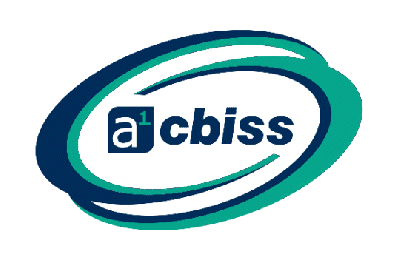Environmental regulations and standards are regularly updated to meet new climate change targets. Waste Incineration (WI) and Large Combustion Plant (LCP) daily Emission Limit Values (ELVs) are reducing under BREF.
The Large Combustion Plant BAT Conclusions were published in 2017 with existing plants expected to comply by 2021. The new (2019) waste incineration BREF requires plants in Europe to comply with the new ELVs by 2023.
Every CEM analyser has a certified range for each gas. As ELVs reduce, operators must be mindful that their existing CEMS meet the certification ranges.
For combustion plant, the CEMS certification range must be less than 2.5*daily ELV and less than 1.5*daily ELV for incineration plant.
With significant BREF changes to NOx, SO2, Mercury, CO2, Dioxins, it pays to know which emissions monitoring systems are available.
Choice of Industrial Emission Monitoring Systems
Emissions monitoring suppliers that can adapt to change are favoured. Together, a1-cbiss and Envea offer the best-in-class measurement systems for continuous emission monitoring.
Continuous Gas Emission Monitoring
Continuous emission monitoring systems are used to measure multiple gases such as: NH3, NO, NO2, N2O, CO, CO2, SO2, HCl, HF, CH4, H2O & O2
The MIR-FTIR
- > Installed across the majority of the UK’s municipal waste incinerators
- > Allows future gas upgrades
- > Utilises Heated Fourier Transform Infra-Red (FT-IR), suited for hot, wet measurements of soluble gases such as HCl, HF, NH3
- > Simultaneous gas measurements of multiple gases
- > Automatic QAL 3 checks when used in conjunction with IVIS unit
- > MCERTs certified to EN15267-3
- > QAL1 as defined by EN14181
Mercury Monitoring
Operators of hazardous waste incineration plants must be able to prove mercury (Hg) measurements are consistently below the threshold of 10 µg/Nm3 , otherwise a Mercury CEMS will be required.
- > Meets WI BREF requirements
- > Offers the lowest QAL1 certification range 0-5 µg/m3, on the market
- > QAL1 certification to EN 14181, EN 15267-1, EN 15267-2, EN 15267-3
- > Low operating costs and low total cost of ownership
Dioxin and Furans
Monitoring dioxin and furan emissions is an important task for industrial plant owners.
AMESA-D sampler
- > Collection in the absorption cartridge over a variable period between 4 hours and 6 weeks.
- > MCERTS accredited
- > Complies with EN1948.
Biogenic Carbon Capture
In order to develop an accounting framework to adjust total onsite biogenic emissions at a stationary source, it is essential to assess the carbon stored by growth of biologically based feedstocks. As a result, the Environment Agency (EA) now requests EfW plant operators to report Pollution Inventory (PI) emissions to include biogenic CO2 sources.
AMESA-B Sampler
- > Continuous monitoring method will yield the most accurate figures for reporting biogenic CO2
- > Enables sites to report Biogenic CO2 data for credits within the Emissions Trading Scheme (ETS)
- > The sampling principle fulfils the requirements of EN ISO 13833




